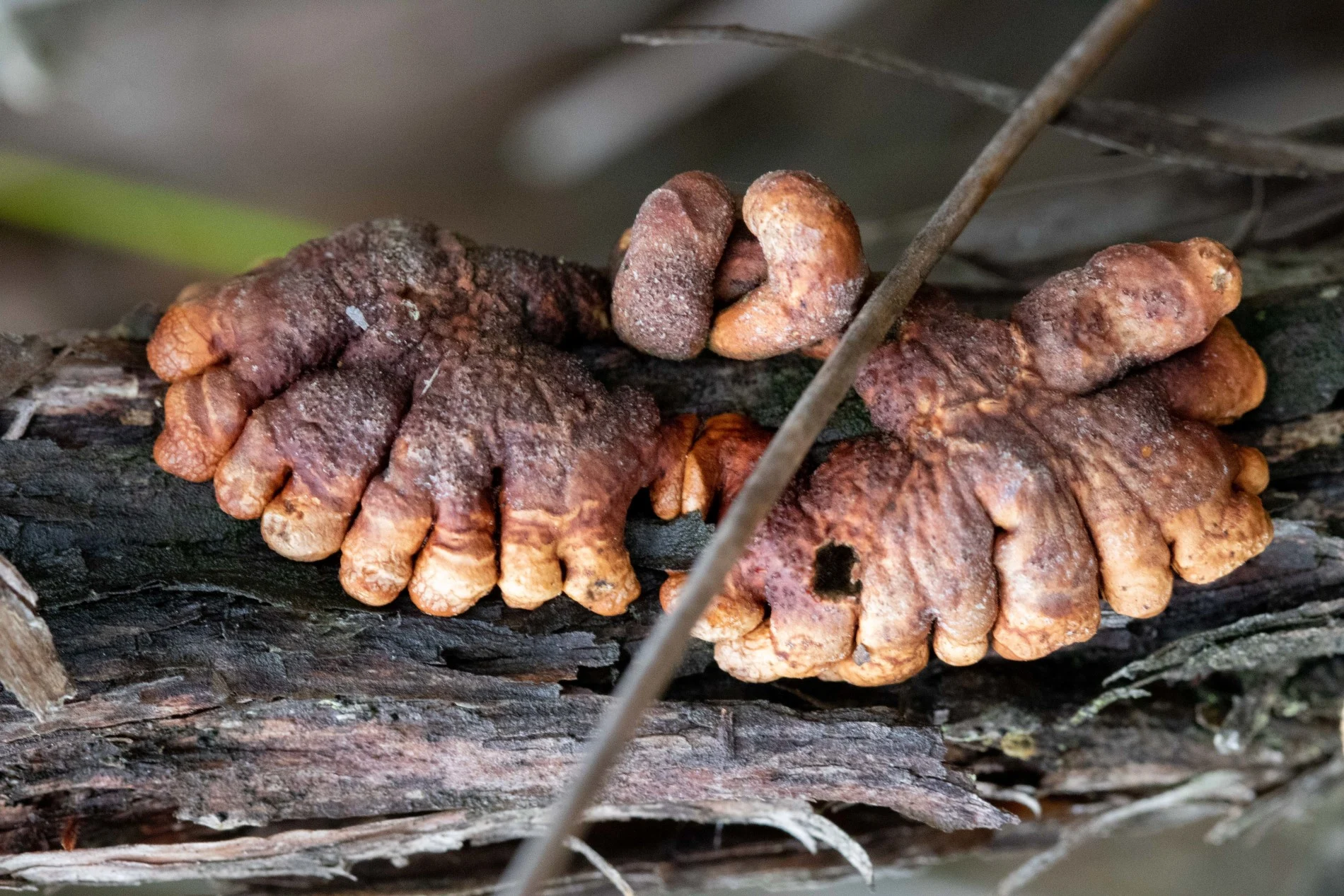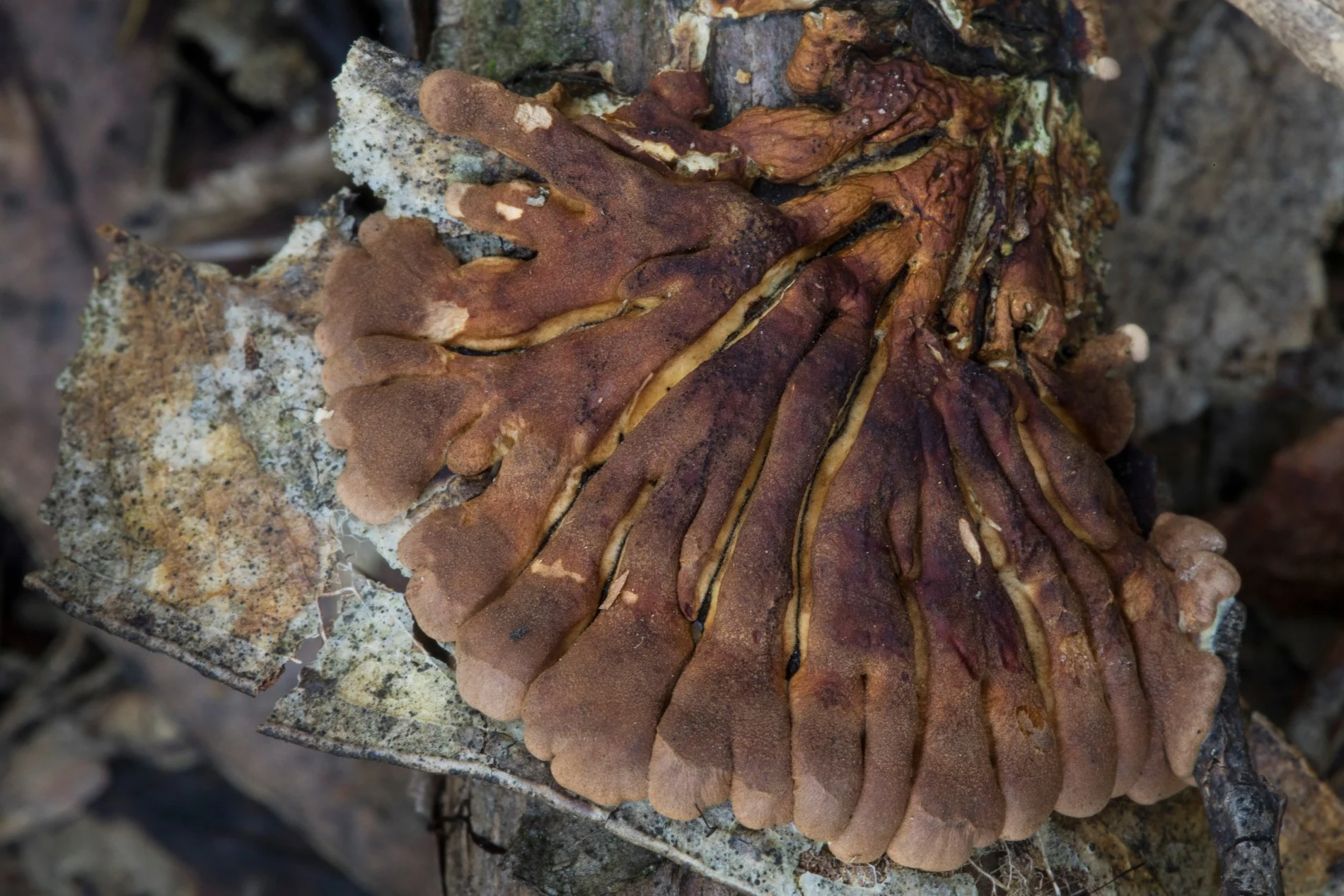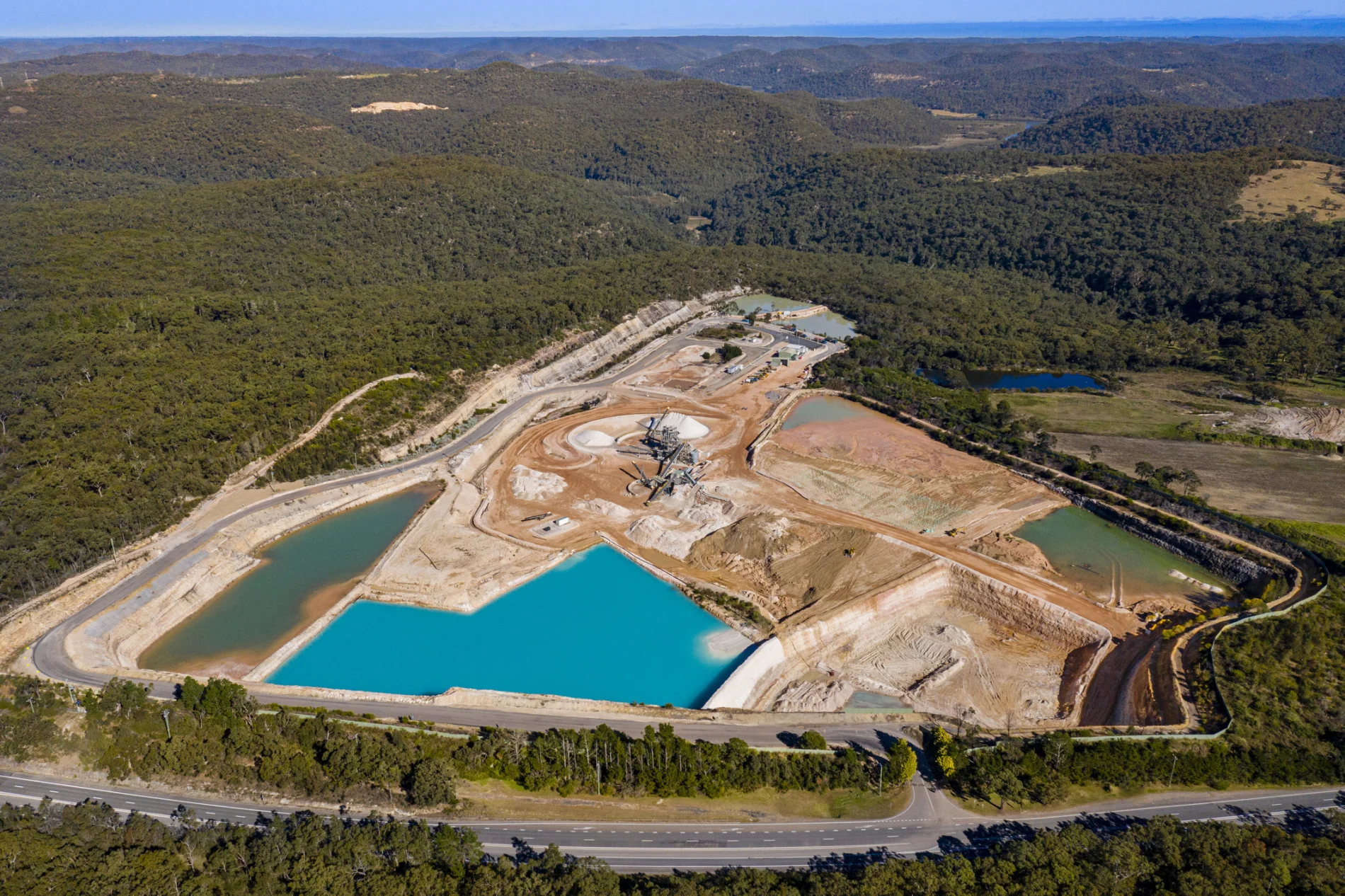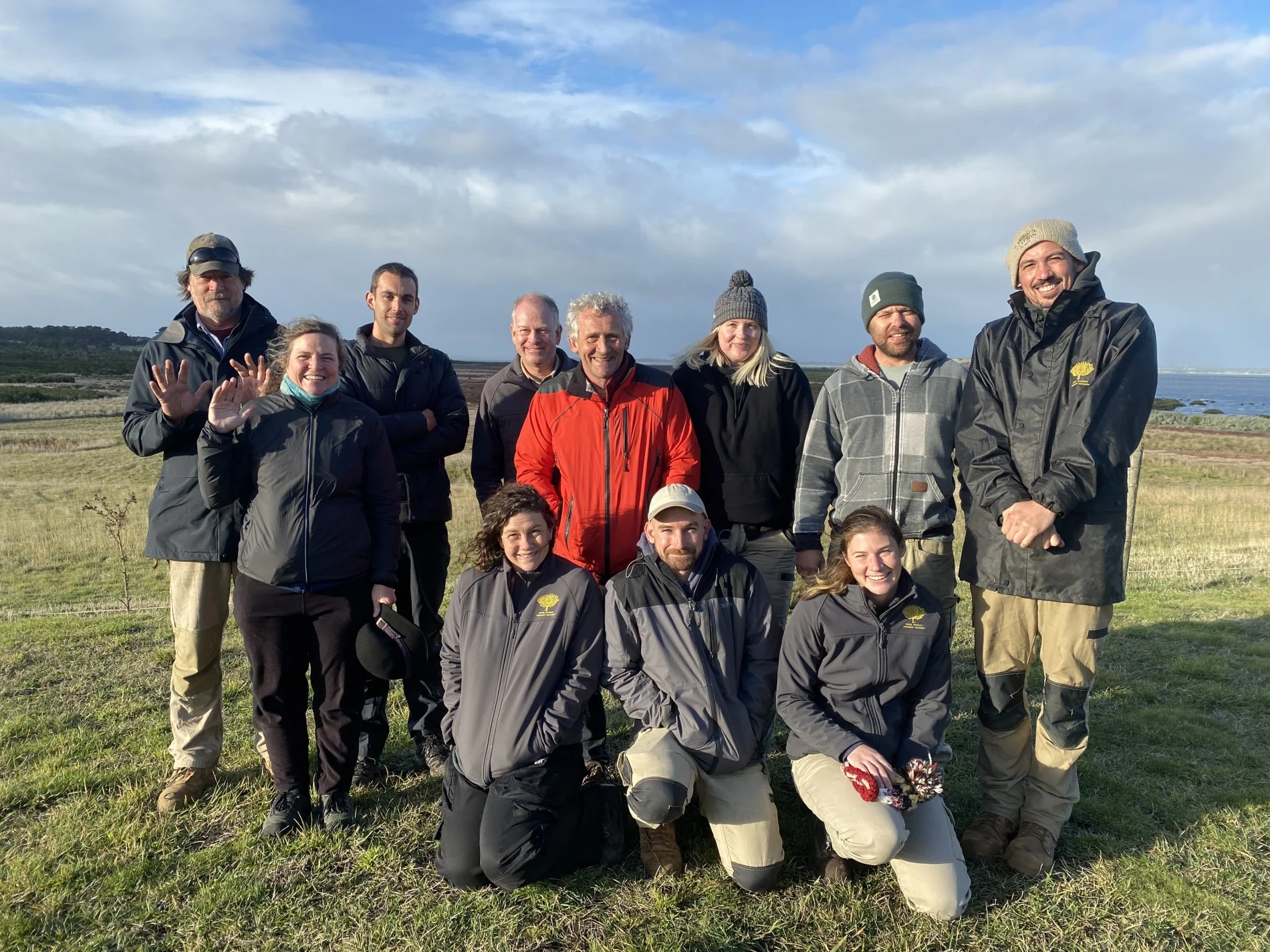
Creepy, finger-like fungus found clinging to life in Australian island
Researchers were pleasantly surprised to discover a large population of Tea-tree Fingers, a critically endangered species, on a remote Australian island.
A small number of forests in southeastern Australia are lucky enough to host Tea-tree Fingers (Hypocreopsis amplectens) — a creepy fungus that looks like human fingers.
The International Union for Conservation of Nature (IUCN) calls this fungus “extremely rare” because it has only ever been found at just seven locations in both Australia and New Zealand’s South Island, with a total population size ranging from 50 to 400 mature individuals.
The largest population of Tea-tree Fingers were recently discovered by scientists and volunteers from Royal Botanic Gardens Victoria during an expedition in June. The researchers estimate that over 100 individuals are growing on French Island, which is more than all of the previous observations that had ever been made on the mainland.

Tea-tree Fingers in French Island, Australia. (Alastair Robinson/Royal Botanic Gardens Victoria)
French Island is located roughly 60 km southeast of Melbourne and 70 per cent of the island was declared a national park by the Australian government in 1997.
“The relatively high abundance of Tea-tree Fingers on French Island may reflect the undisturbed nature of this comparatively pristine area and could offer insight into the historical state of mainland populations — that is, before human driven disturbance and habitat loss,” Dr. Michael Amor, a postdoctoral fellow at Royal Botanic Gardens Victoria, said in a press release.
Amor says that three of the four mainland sites are next to sand mines, which is an industrial activity that causes significant environmental disruption and threatens the fungi.

Calga Sands Quarry in Australia. (mikulas1. E+. Getty Images)
In addition to human disturbance, climate change is a growing stressor that is driving warmer, drier temperatures and increasingly frequent and severe bushfires, which reduce the Tea-tree Fingers’ habitat. The fungus grows on dead wood that is either standing or partially fallen, which is what makes the habitat so susceptible to changes in bushfire trends.
The IUCN says the fungus is no longer found at all seven sites it was once documented at and categorizes this species as critically endangered. However, the French Island discovery has left researchers feeling hopeful that there are Tea-tree Fingers thriving in undiscovered areas.

The research team collecting data at French Island. (Alastair Robinson/Royal Botanic Gardens Victoria)
“The discovery of protected areas of Tea-tree Fingers’ habitat on French Island greatly improves the prospect of the species’ survival into the future,” Sapphire McMullan-Fisher, an ecologist at Royal Botanic Gardens Victoria, said in the press release.
Thumbnail credit: Michael Amor/Royal Botanic Gardens Victoria











